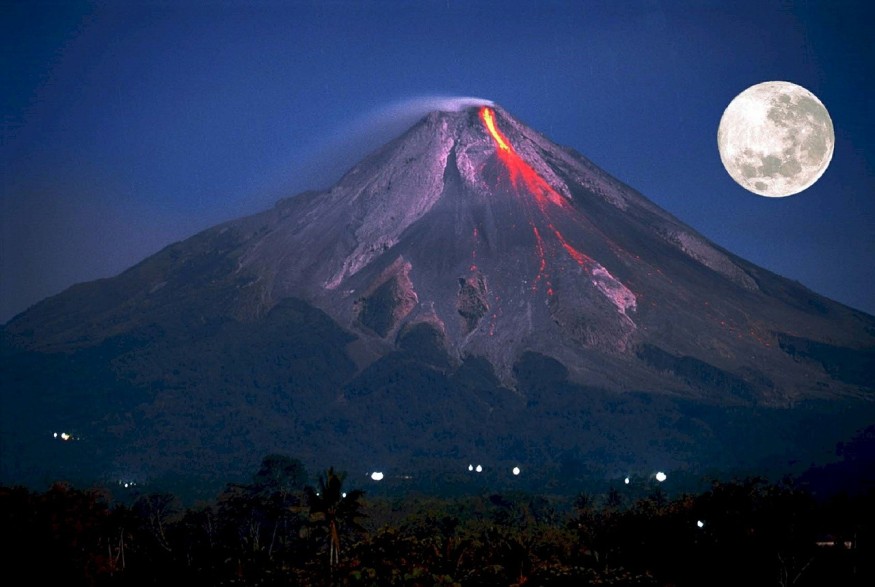
Compared to other natural disasters, volcanoes can and do offer clues only when they are about to erupt. Developments in monitoring systems have allowed scientists to develop sensors to detect and consequently forecast eruptions, being able to plan for them with increased precision.
University of Cambridge volcanologist Marie Edmonds says that they are now capable of putting very precise instruments that monitor the gases that volcanoes emit, which can give clues on the location of the magma. They can see trends in data relating to imminent eruptions. Edmonds have worked with fuming volcanoes for roughly 15 years.
Edmonds is connected to an international group known as the Deep Carbon Observatory that has worked to put new gas sensors on fifteen of the most active and dangerous volcanoes to improve the forecasting of various types of eruptions.
The gas sensors continually measure water vapor, sulfur dioxide, and carbon dioxide. They are placed inside large boxes with surface antennae and buried underground. Advances in electronics have increased their precision and lowered their cost, allowing more of them to be used worldwide.
Putting these sensors atop active volcanoes is dangerous. Scientists wear reflective suits that protect against heat plus gas masks for protection from corrosive gases. They sometimes hike long distances in remote regions to reach their site. However, according to Edmonds, the work they do to save people's lives makes a dangerous job worth it. She enjoys doing something that helps people.
Edmonds' team has also attached their sensors on drones to measure emissions from a Papua New Guinea volcano for a short time; a technique developed to gather "snapshots" of activity. These snapshots help researchers understand better the complexities of activities that lead to eruptions.
Sensors help predict eruptions because different gases are emitted at various stages of an eruption. When magma rises, the pressure is released along with gases. Carbon dioxide is released early on, and then as the magma goes higher, sulfur dioxide is released. The ratio of two gases is used to detect the location of magma relative to the surface, telling researchers of the imminence of the eruption.
Magma also pushes against rocks, causing earthquakes that are normally undetectable by humans but detected by seismic equipment. The gas sensor data is paired with the seismic data.
University of California at Santa Barbara researcher Robin Matoza agrees how technological advances have vastly improved the ability to understand how volcanoes work. It is now possible to install 10 or more seismic stations due to smaller and more affordable equipment. Matoza adds that the capacity to compute collected data also recently improved.
Satellites also supplement gas and seismic data. The Alaska Volcano Observatory volcanologists collect seismic, satellite, and gas data regularly, monitoring about 25 volcanoes all over Alaska and providing warnings for the population.
Researchers say that satellites are becoming increasingly useful in data collection over a broad scale. For now, they say that these are not as precise nor reliable as other tools, partly because they cannot collect data rapidly, and they cannot function appropriately in cloudy weather.
Despite challenges, Edmonds says the array of signs that precede eruptions make it easier to predict eruptions compare to certain earthquakes and some other disasters. She adds that the more sensors and instruments they have, the more precise they can be.
© 2025 NatureWorldNews.com All rights reserved. Do not reproduce without permission.





